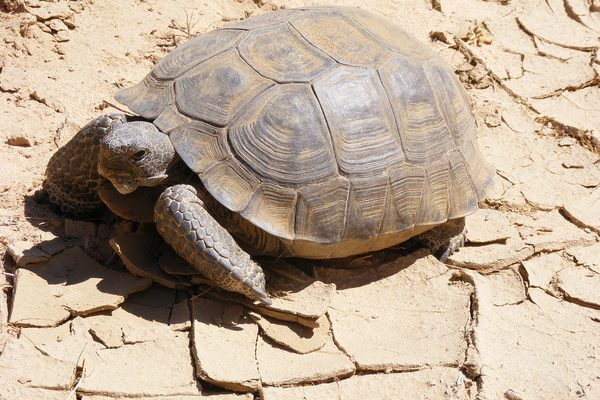Endangered Cuban Crocodiles Are Being Reintroduced to the Wild
Keeping them separate from American crocs will be key to their survival.

Less than 100 miles from Havana, the Zapata Swamp is the last redoubt of the critically endangered Cuban crocodile. About 3,000 individuals live in the wild, confined to about 300 square miles in the Zapata Swamp and the nearby Isle of Youth. But at the beginning of June, that population grew by 10, thanks to a reintroduction from a Cuban breeding facility.
This is the second release of captive-bred crocodiles—100 were released in early 2016 from the same facility. Their new home is a region of the swamp set aside as a wildlife refuge, where, critically, there are no American crocodiles to be found. The two greatest threats to the Cuban crocodile are hunting and hybridization with their American cousins. While American crocodiles prefer salt water and Cubans freshwater, development and shrinking habitat are forcing the two species to interact and hybridize. Too much hybridization and the less numerous Cuban crocodile would cease to exist as an independent species.

The captive breeding population in Cuba does have a few hybrid individuals, but a genetically pure population at the Bronx Zoo in New York offers conservation groups a backup plan, should their genes be needed.























Follow us on Twitter to get the latest on the world's hidden wonders.
Like us on Facebook to get the latest on the world's hidden wonders.
Follow us on Twitter Like us on Facebook